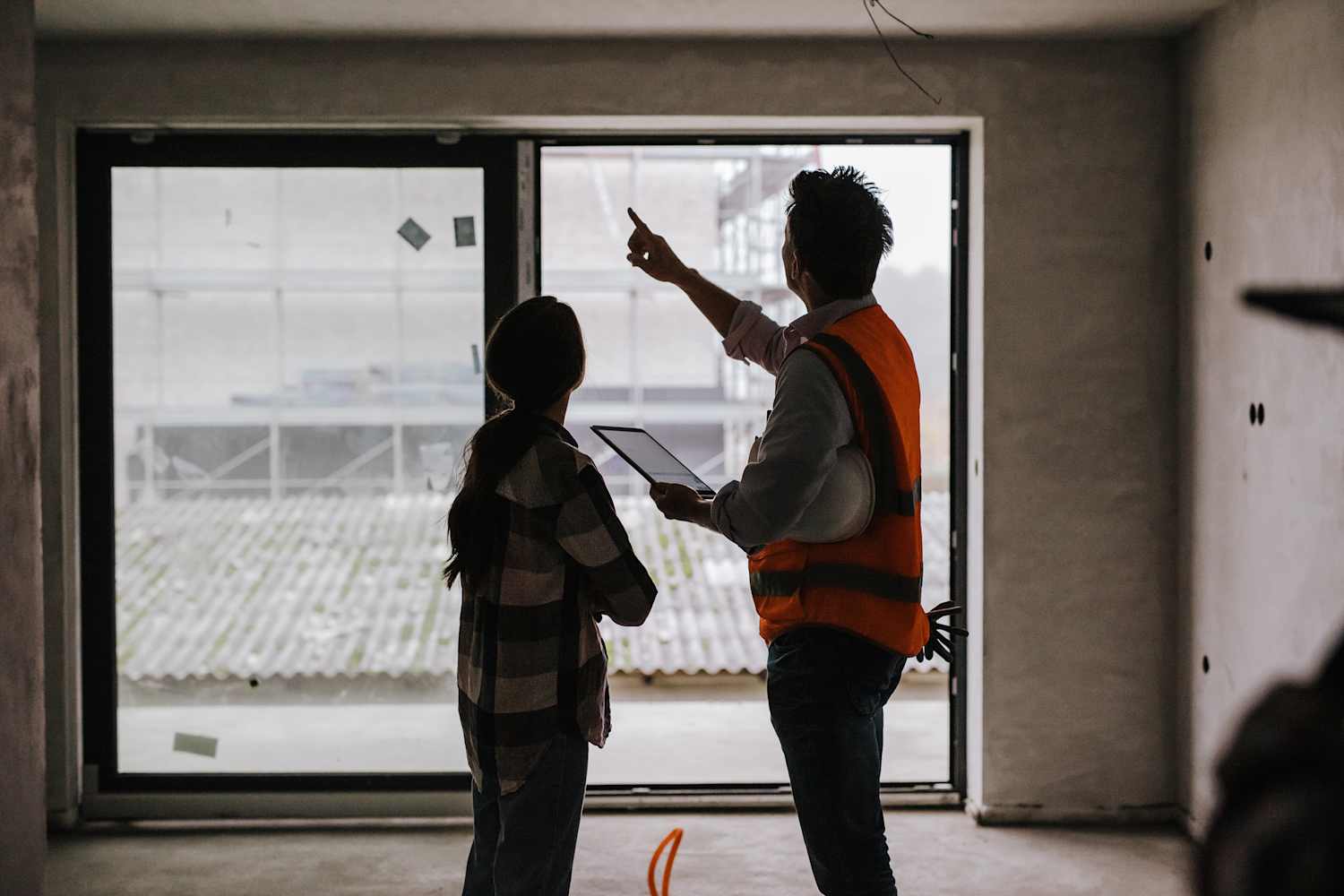
After selling her house in North Carolina in early 2022, my friend, Jane*, was under pressure to buy her next home within 18 months to avoid capital gains tax. She had clear goals while looking for her dream home around metro-Atlanta later that year: She wanted a spacious, older house with enough room for her and her mother. She was drawn to the charm and lived-in character of older homes, but she wanted something at least partially updated so she could finish it to her own tastes. A few months later, she found a house listed by a popular “iBuyer company.”
Short for “instant buyer,” an iBuyer makes quick offers on homes when sellers are looking to expedite and simplify the sale. They are known for purchasing dated homes, choosing properties that they only need to do minor renovations on, and putting it back on the market for a premium. As AJ LaTrace at Business Insider explains, “The companies even acknowledge that they make minimal improvements to properties over just a few weeks before relisting them. It’s a volume game.”
The buying process itself was fairly smooth. The house had been on the market for a while, originally listed at $344,900. Jane offered $322,000, and after some back-and-forth she closed at $325,000. Despite the minor haggling, the sale proceeded as normal.
The Move-In: Problems Emerge
The first signs of trouble appeared almost immediately after Jane moved in. Her mom had yet to move from North Carolina to Georgia, so she invited a friend over to help unpack and adjust to the new space. That evening, she could see water leaking from behind a light fixture on the main level of the home. The source? The upstairs shower, which she later discovered had no drain pipe connected.
“They remodeled the upstairs bathroom, but when they put in the new tub, they didn’t connect the plumbing properly,” Jane explains. This caused water to leak behind the walls of the house, and unfortunately it was only the beginning.
As she settled into her new home, more problems surfaced. When a contractor came out to replace the carpet with hardwood, they discovered part of the subfloor in the living room was rotten, and had been covered up by a fresh layer of paint.
Later she learned the wiring all throughout her kitchen was faulty. The cost to fix the issue and bring it up to code was roughly $22,000. There was also a leak in her en suite that caused water damage on the ceiling of her foyer.
The Inspection: What Went Wrong?
In discussing these details, I asked Jane, “How on earth did it pass the home inspection?” She says the inspector did point out some minor issues. He outlined there was an issue with the oven, but it was unclear the problem stemmed from faulty wiring. During the sale process, she tried to negotiate a few repairs, but the company only ever offered more money toward the closing costs.
Jane later learned that some problems are easy to miss, even for a trained professional. For instance, the inspector ran the water in the upstairs bathroom but likely didn’t hear the water leaking into the walls downstairs, as he can’t be in two places at once. Moisture indicators showed nothing amiss, and without opening up the walls, it was impossible to spot the missing drain.
This is where Jane realized the importance of multiple inspections — especially when buying an older home. A general home inspection is crucial, but it’s not foolproof. In retrospect, she would’ve hired specialists to inspect the plumbing, electrical systems, and structure independently. It might have cost more upfront, but it would have saved her from the roughly $25,000 she’s since spent on repairs.
Moving Forward: Lessons Learned
Today, Jane is slowly working on the necessary repairs while contemplating her next steps. The experience has left her cautious and more informed about the pitfalls of buying a flipped home. She’s still drawn to older homes, but now she’s armed with the knowledge that superficial updates often conceal deeper problems.
She has three main tips for future buyers:
Now, Jane shares that she’s “trying to be patient” with repairs, but she’s also “on the fence about actually selling the house at some point.” She explains there are other considerations in her area like the rising property taxes and the general cost of living in these tough economic times.
Jane’s story is a stark reminder that in real estate, what you see isn’t always what you get. The allure of a seemingly perfect home can lead to years of regret, stress, and financial strain if you’re not careful. As housing markets heat up and flipping companies become more prevalent, it’s more important than ever for buyers to be vigilant, well-informed, and ready to dig beneath the surface.
*Note: Jane’s name has been changed to protect her privacy.
Are you buying a home or hoping to learn more about the current market? RSVP here for Apartment Therapy’s free real estate webinar on Sept. 17, with insights from Egypt Sherrod, HGTV Host & CEO of Indigo Road Realty; Jose Prats, Director of Character Homes at Christie’s International; and Jason Saft, Founder of Staged To Sell Home.
NB: Ratingmania is a place to find the finest discounts on the internet and all the necessities.
Source url www.apartmenttherapy.com
buying,Buying & Owning Home,Home,Real Estate,selling,team:real estate,platform:search








